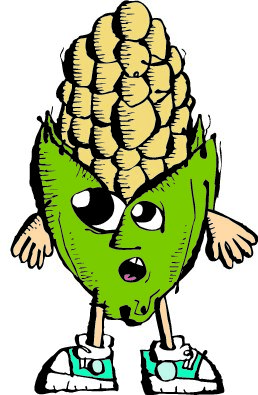Poor corn.
Sometimes I feel sorry for it. It’s been the subject of exposés putting it at the center of America’s industrial food problems, including obesity and diabetes. In Michael Pollan’s (highly recommended) Omnivore’s Dilemma and the movie it inspired, King Corn, it’s nearly criminal.
Corn-derived products have also felt the bad rap, in particular corn syrup. Does it deserve it? Like most stories, there’s some truth to it. But, like in a lot of debates, things are never quite as black and white as they seem.
Corn has benefitted from a raft of agricultural subsidies and barriers. Some encouraging its production, others that have restricted trade on substitutes, most importantly cane sugar. The limits on importing cane sugar raised its price to the point where it made economic sense to have mass alternatives. One alternative is sugar made from beets. Another is corn syrup.
The corn syrup most of us know by name is high fructose corn syrup. It’s made in factories on a massive scale. Most aspects of industrial corn syrup—from growing to refining—are fossil fuel intensive. And it’s found its way into more foods than I can count. I saw it listed recently on a loaf of bread! It’s been blamed for obesity, diabetes, and so on.
Corn syrup has another side, though.
It has been a part of American culinary history since at least around the time of the Civil War. It’s been used in moderate amounts in all kinds of dishes. Most important to us, candy makers have long used the special properties of corn syrup to control sugar crystallization. If you want to keep a candy soft and gooey, corn syrup is great. For example, while cane sugar and dairy give a caramel its flavor, its corn syrup that creates the texture.
Larger concerns aside, at Zingerman’s, we don’t think corn syrup is entirely evil. Corn syrup is not the primary sweetener at Zingerman’s Candy Manufactory but it is used. We also sweeten our candy bars with raw honey, traditional muscovado brown sugar, maple sugar and regular old granulated cane sugar. Each one contributes to the texture and flavor of the finished candy.

